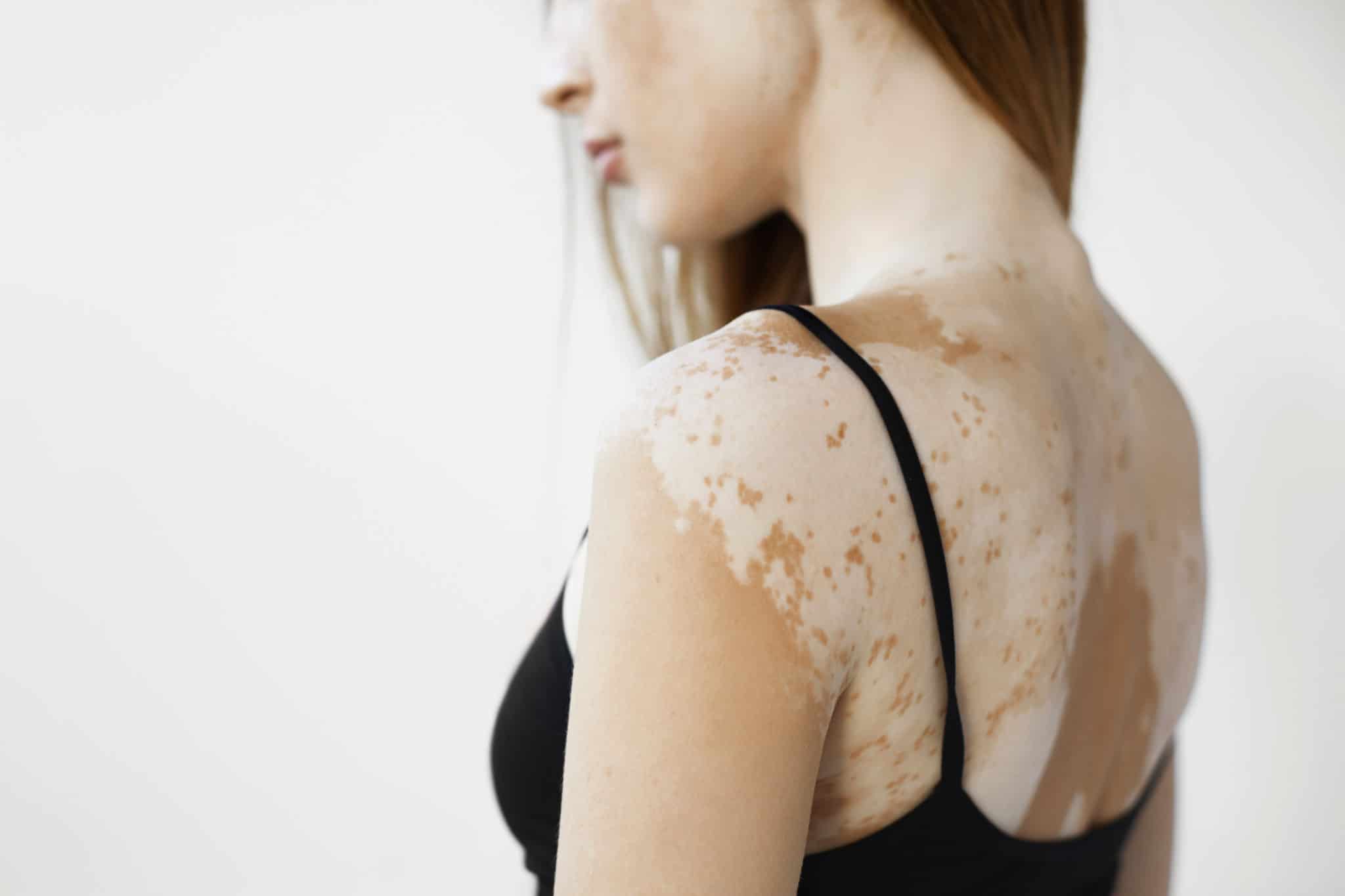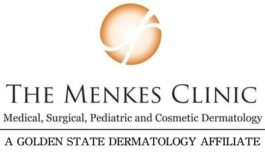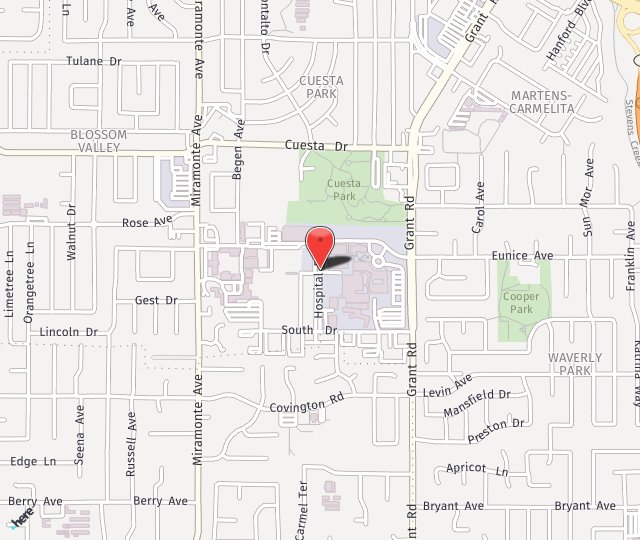A skin condition that is not a threat to your physical health can still have a big impact on your emotional wellbeing. Dr. Andrew Menkes, Dr. Lillian Soohoo, and Dr. Krystle Wang at The Menkes Clinic & Surgery Center in Mountain View, CA restore self-confidence with effective vitiligo treatment.

Vitiligo Symptoms & Causes
Cells called melanocytes produce pigment. When melanocytes die or stop producing pigment, skin develops light patches. Vitiligo is a disorder in which the immune system attacks melanocytes. It may be triggered by stress, sunburn, or chemical exposure.
"Spilt milk" patches usually appear first on sun-exposed areas – face, lips, hands, arms, and feet. The condition can progress to the genitals, inside the nose and mouth, and other parts of the body. Some patients experience premature whitening of hair, eyebrows, eyelashes, and facial hair. Vitiligo can also affect the colored portion (retina) of the eyes.
Vitiligo is most common in young adults but can occur at any time in life. It is not contagious or life-threatening, although lack of pigmentation can increase the risk of skin cancer in affected areas. Vitiligo does not discriminate, but it is more noticeable on those with dark skin. In most cases, the skin never regains normal color.
Who is at Risk for Developing Vitiligo?
Vitiligo occurs in about 1 to 2 percent of the population. Approximately 30 percent of people with vitiligo have a family history of the condition. About half of those with vitiligo start showing symptoms before the age of 20. People with autoimmune disorders, such as autoimmune thyroid disease and type 1 diabetes, are at an increased risk for developing vitiligo. It is also thought that those who suffer a trigger event, such as severe sunburn, skin trauma, exposure to certain chemicals, or stress, can be more likely to develop vitiligo.
Vitiligo Treatment
If you start seeing the loss of coloring in skin, hair, or eyes, it is important to schedule a visit to The Menkes Clinic & Surgery Center right away. There is presently no cure for vitiligo, but prompt medical intervention can slow or halt the process and may return some color to the skin.
- Topical corticosteroid medications.
- Ointments containing calcineurin inhibitors that affect the immune system.
- Light therapy. Skin is treated with psoralen, a plant-based substance that causes photosensitivity, then with controlled exposure to UVA, UVB, or excimer light. Therapy is performed several times a week for up to a year.

- If loss of pigmentation is widespread, depigmentation may be an option. A lightening agent is applied to unaffected skin several times a day until it matches vitiligo patches.
The appearance of your skin matters! Call 650-962-4600 in Mountain View, CA for a consultation to learn more about vitiligo treatment options.
How Long Does it Take to Treat Vitiligo?
There is no cure for vitiligo, and treatment success can vary by the patient and by the treatment type. Some options have some serious side effects. It can take some trial and error with our dermatologists to find the best treatment option for you.
Regardless of the vitiligo treatment, there isn’t a timeframe. These are ongoing treatments whose goal is to stop, or at least slow, the loss of melanocytes, which is creating the light patches of skin. It can take months to find the best vitiligo treatment.
Vitiligo treatment may also be successful for some time, but then the results may stop, or new patches may appear.
Can Vitiligo be Mistaken for Other Conditions?
Vitiligo is not the only disease characterized by the appearance of white patches on the skin. These are other diseases that can be mistaken for vitiligo:
- Tinea versicolor — This is caused by a fungal infection and often occurs in school children.
- Pityriasis Alba — Also occurs in children, with white patches mainly on the face.
- Piebaldism — This congenital disease is characterized by the absence of melanocytes.
- Idiopathic guttate hypomelanosis — Multiple, rounded light-colored patches appear on body areas exposed to the sun.
- Leprosy — This bacterial infection of the skin causes light-colored patches with loss of sensation and loss of hair.
- Addison’s disease — This hormonal disorder where the adrenal glands don’t produce enough cortisone leads to darkening of the skin.
- Scleroderma — This skin condition creates hardened areas with shiny patches on them.
- Chemical leukoderma — Exposure to certain chemicals causes hypo-pigmented patches on the skin that look similar to vitiligo.
- Nevus anemicus— This creates skin patches of different sizes and shapes that are paler than the other skin.
- Halo nevus — This type of mole is surrounded by a depigmented ring.
Can Vitiligo Spread?
In most cases, pigment loss spreads and eventually involves most of the person’s skin. This is difficult to predict, however, as the disease can progress haphazardly.
Is Vitiligo Contagious?
Vitiligo is neither life-threatening nor contagious.

Is Vitiligo Treatment Covered by Insurance?
Treatments, such as certain laser treatments and topical medications, are considered medically necessary for treating vitiligo and they are typically covered. Since vitiligo also increases the person’s risk of developing skin cancer on the lightened areas, a treatment that protects against that is usually covered.
However, many companies do not cover treatments that address the cosmetic whitening but don’t address the underlying condition and increase skin cancer protection.
As with most health care issues, it’s a good idea to check with your insurance provider before a treatment is performed by our team at The Menkes Clinic. We work with all insurance companies to gain as much coverage as possible.
Schedule Your Consultation Today
If you're interested in learning more about vitiligo treatment please contact us for a consultation at 650-962-4600 or fill out our contact us form. We will discuss your needs and concerns, and determine your best course of action.


